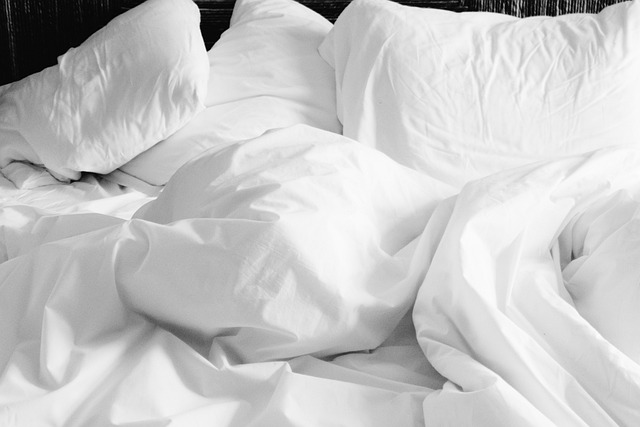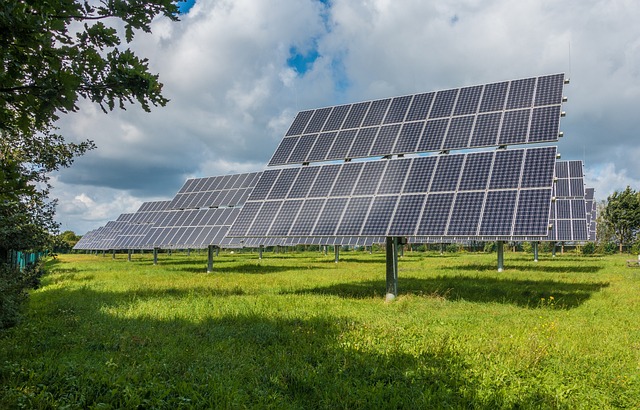My name is Greg Ryabtsev, I am a specialist in coconut charcoal production for hookah.
I have been working in Indonesia for 20+ years. Our charcoal factory makes 10 tonnes of shisha charcoal per day. More than 80% of coconut charcoal for hookah we sell to wholesale in the USA, Australia and Turkey.
We’re proud to be a coconut charcoal supplier for some of the top brands in the hookah business like Naara for shisha in Australia and Platinum Plus in Saudi Arabia.
Now to the point. The main reason why coconut charcoal for hookah smells when lit up.

In 90% of cases, the odour appears in the first minutes of heating coconut charcoal – it is the smell of tapioca.
What is tapioca? It’s a starch made from the roots of cassava. Yes, it’s the same potato starch that everyone has in their kitchen. Only in Indonesia, potatoes are scarce, but cassava is plentiful.
Why is tapioca added to hookah charcoal?
It’s added to keep it from crumbling, cracking and splitting. If a cube of shisha coconut charcoal falls apart or cracks, one of the reasons (and there are actually many reasons) is tapioca.
Without tapioca, the charcoal will fall apart.
And why would starch (read tapioca) smell?
Reason One: The Tapioca Isn’t Baked Enough
For this, let’s look at the basic process of making hookah charcoal.
First, coconut shells are ground and roasted into a fine powder, and just a smidge of tapioca, about 3 to 6 per cent, is tossed into the mix.
The mixture is then run several times through an extruder, where the mixture is heated and the tapioca is “cooked”. The result is a sort of batter made of coconut shells and tapioca.
So, if you don’t heat the mixture enough or compress it enough at this stage, the tapioca won’t bake – it will remain raw. This is the smell of raw burnt tapioca that we can smell when lighting a hookah charcoal
Reason Two: Tapioca Gone Sour
After running it through the extruder, the mixture should “rest”. Yes, like dough at your grandmother’s house. Herein lies another danger.
Depending on the type of tapioca, the temperature it is run through, the time to rest will be different. If the mixture doesn’t rest enough, the charcoal will crack.
If the mixture rests a few hours longer – you will have a tapioca stench in your kitchen.
Reason Three: The “Hairy” Coconut
Before carbonising the charcoal (roasting without access to oxygen), the coconut is cleaned of “hair”. If they are cleaned poorly, and there is no sorting of raw materials at the production site, these hairs will give an odour plus smoke will be visible.
These are the three main and most common causes. Of course, there are others.
Reason Four: The Wrong Kind of Tapioca
There are hundreds of species and brands of tapioca in Indonesia. They differ in the area where the root vegetable itself grows and the method of production.
For example, we have experimentally found that only sun-dried tapioca from certain areas of Central and East Java is best suited for coconut charcoal. But tapioca dried in automatic dryers, although more expensive, does not give the desired stickiness in briquettes.
Reason Five: The Lizard Incident
This is where rare exotics come in. For example, during the carbonisation of coconut shells, a lizard or a frog got into the kiln. Its bones were ground up and made into a cube of hookah charcoal. Or workers during their lunch break if right in the charcoal mix tanks. Food particles fell on the mixture, and rotted away – that’s the extra flavour.
Reason Six: Overly Chemicalized Charcoal
The manufacturer went overboard with the chemistry. Many manufacturers of charcoal for hookah, especially those who sell cheap – instead of proper processing, sorting coconut shells simply add chemistry: bleach and liquid glass.
So that the ash of coconut charcoal would be lighter, and the briquette itself would be stronger. These chemicals, especially liquid glass, can also give off an odour. Plus it will give you a headache.
Reason Seven: The Water Factor
Yes, water can affect the odour from the briquettes too. We use only mountain spring water in our factory. This is easy for us, as the factory is located in Magelang at an altitude of 400 metres above sea level and water comes down to us from the nearby mountains.
If we use tap water, it is too “heavy” for coconut charcoal. Such water must be purified and then defended.
One last thing. If you ignite coconut coal for hookah on an electric stove, then it is necessary to clean it periodically. Otherwise, once you get a stinky cube, all subsequent ignition will be the same stinky, even if the coal itself is normal.
These were the main reasons for the smell of hookah charcoal.
Write in the comments about your experience with hookah charcoal and what other issues would be interesting to discuss. Drop in, let’s discuss



